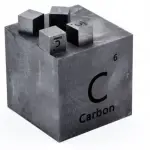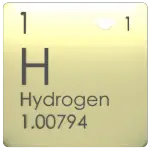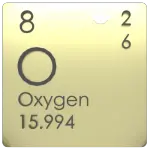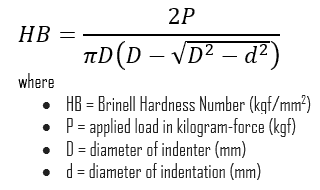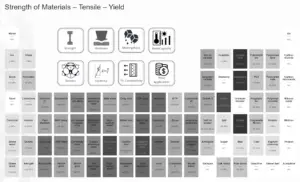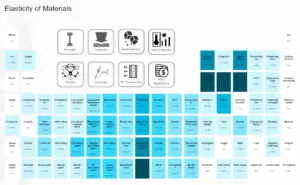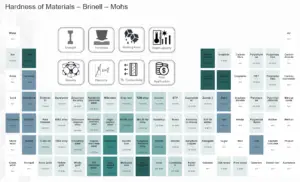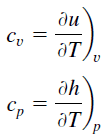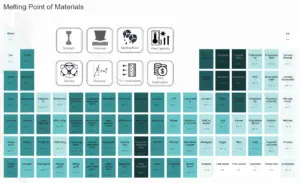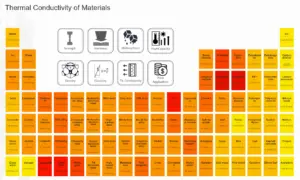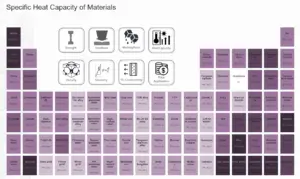About Polycarbonate
Polycarbonate (PC) is a thermoplastic polymer that contains carbonate groups in its chemical structures. It is a crystal clear and colourless, amorphous engineering thermoplastic notable for its high impact resistance (which remains high down to –40°C). A disadvantage includes the need for drying and elevated-temperature processing. PC has limited chemical resistance to numerous aromatic solvents, including benzene, toluene, and xylene and has a weakness to notches.
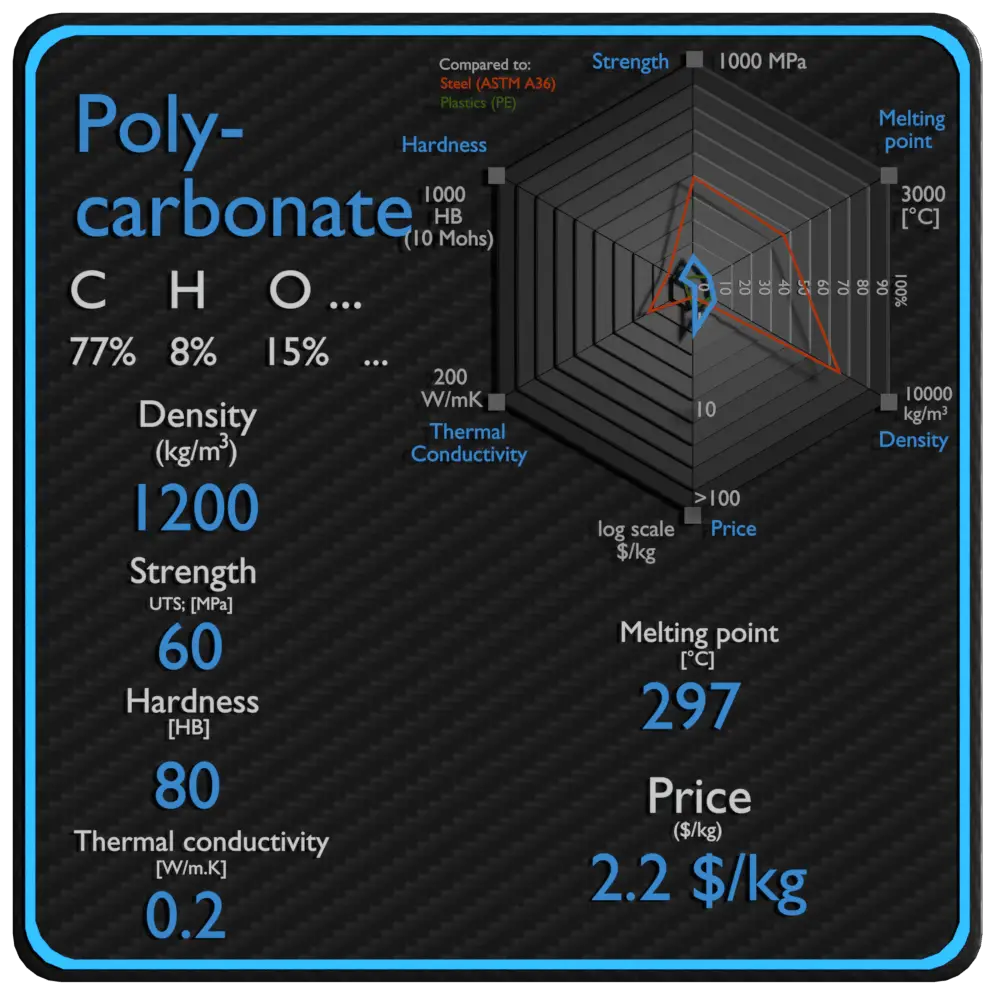
Summary
| Name | Polycarbonate |
| Phase at STP | solid |
| Density | 1200 kg/m3 |
| Ultimate Tensile Strength | 60 MPa |
| Yield Strength | N/A |
| Young’s Modulus of Elasticity | 2.3 GPa |
| Brinell Hardness | 80 BHN |
| Melting Point | 297 °C |
| Thermal Conductivity | 0.2 W/mK |
| Heat Capacity | 1200 J/g K |
| Price | 2.2 $/kg |
Composition of Polycarbonate
Polycarbonate (PC) is a thermoplastic polymer that contains carbonate groups in its chemical structures. A carbonate ester is an ester of carbonic acid.The structure of PC, with its carbonate and bisphenolic structures, has many characteristics that promote its distinguished properties. The rigidity of the molecule accounts for strong mechanical properties, elevated heat deflection temperatures, and high dimensional stability at elevated temperatures.
Applications of Polycarbonate

Polycarbonate is mainly used for electronic applications that capitalize on its collective safety features. Being a good electrical insulator and having heat-resistant and flame-retardant properties, it is used in various products associated with electrical and telecommunications hardware. A major application of polycarbonate is the production of Compact Discs, DVDs, and Blu-ray Discs. Applications where PC is blended with ABS increase the heat distortion temperature of the ABS and improve the low-temperature impact strength of PC. The favorable ease of processing and improved economics make PC/ABS blends well suited for thin-walled electronic housing applications such as laptop computers. PC alone is widely used as vacuum cleaner housings, household appliance housings, and power tools. These are applications where PC’s high impact strength, heat resistance, durability, and high-quality finish justify its expense. It is also used in safety helmets, riot shields, aircraft canopies, traffic light lens housings, and automotive battery cases.
Mechanical Properties of Polycarbonate
Strength of Polycarbonate
In mechanics of materials, the strength of a material is its ability to withstand an applied load without failure or plastic deformation. Strength of materials basically considers the relationship between the external loads applied to a material and the resulting deformation or change in material dimensions. In designing structures and machines, it is important to consider these factors, in order that the material selected will have adequate strength to resist applied loads or forces and retain its original shape.
Strength of a material is its ability to withstand this applied load without failure or plastic deformation. For tensile stress, the capacity of a material or structure to withstand loads tending to elongate is known as ultimate tensile strength (UTS). Yield strength or yield stress is the material property defined as the stress at which a material begins to deform plastically whereas yield point is the point where nonlinear (elastic + plastic) deformation begins. In case of tensional stress of a uniform bar (stress-strain curve), the Hooke’s law describes behaviour of a bar in the elastic region. The Young’s modulus of elasticity is the elastic modulus for tensile and compressive stress in the linear elasticity regime of a uniaxial deformation and is usually assessed by tensile tests.
See also: Strength of Materials
Ultimate Tensile Strength of Polycarbonate
Ultimate tensile strength of Polycarbonate is 60 MPa.
Yield Strength of Polycarbonate
Yield strength of Polycarbonate is N/A.
Modulus of Elasticity of Polycarbonate
The Young’s modulus of elasticity of Polycarbonate is 2.3 GPa.
Hardness of Polycarbonate
In materials science, hardness is the ability to withstand surface indentation (localized plastic deformation) and scratching. Brinell hardness test is one of indentation hardness tests, that has been developed for hardness testing. In Brinell tests, a hard, spherical indenter is forced under a specific load into the surface of the metal to be tested.
The Brinell hardness number (HB) is the load divided by the surface area of the indentation. The diameter of the impression is measured with a microscope with a superimposed scale. The Brinell hardness number is computed from the equation:
Brinell hardness of Polycarbonate is approximately 80 BHN (converted).
See also: Hardness of Materials
Thermal Properties of Polycarbonate
Polycarbonate – Melting Point
Melting point of Polycarbonate is 297 °C.
Note that, these points are associated with the standard atmospheric pressure. In general, melting is a phase change of a substance from the solid to the liquid phase. The melting point of a substance is the temperature at which this phase change occurs. The melting point also defines a condition in which the solid and liquid can exist in equilibrium. For various chemical compounds and alloys, it is difficult to define the melting point, since they are usually a mixture of various chemical elements.
Polycarbonate – Thermal Conductivity
Thermal conductivity of Polycarbonate is 0.2 W/(m·K).
The heat transfer characteristics of a solid material are measured by a property called the thermal conductivity, k (or λ), measured in W/m.K. It is a measure of a substance’s ability to transfer heat through a material by conduction. Note that Fourier’s law applies for all matter, regardless of its state (solid, liquid, or gas), therefore, it is also defined for liquids and gases.
The thermal conductivity of most liquids and solids varies with temperature. For vapors, it also depends upon pressure. In general:
Most materials are very nearly homogeneous, therefore we can usually write k = k (T). Similar definitions are associated with thermal conductivities in the y- and z-directions (ky, kz), but for an isotropic material the thermal conductivity is independent of the direction of transfer, kx = ky = kz = k.
Polycarbonate – Specific Heat
Specific heat of Polycarbonate is 1200 J/g K.
Specific heat, or specific heat capacity, is a property related to internal energy that is very important in thermodynamics. The intensive properties cv and cp are defined for pure, simple compressible substances as partial derivatives of the internal energy u(T, v) and enthalpy h(T, p), respectively:
where the subscripts v and p denote the variables held fixed during differentiation. The properties cv and cp are referred to as specific heats (or heat capacities) because under certain special conditions they relate the temperature change of a system to the amount of energy added by heat transfer. Their SI units are J/kg K or J/mol K.
Properties and prices of other materials
material-table-in-8k-resolution
